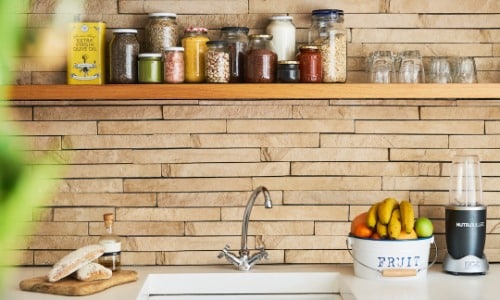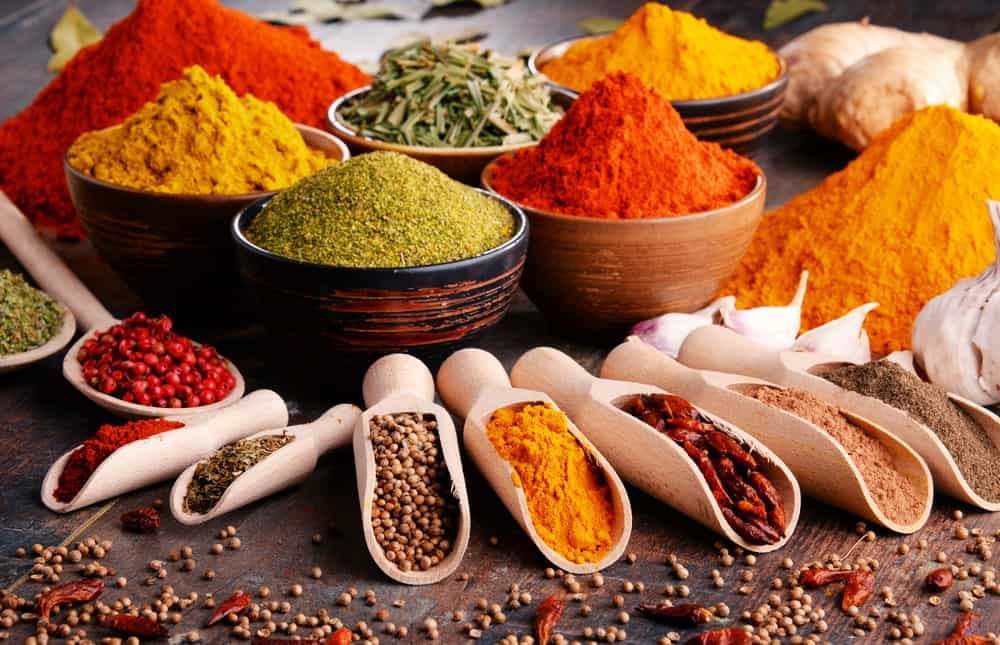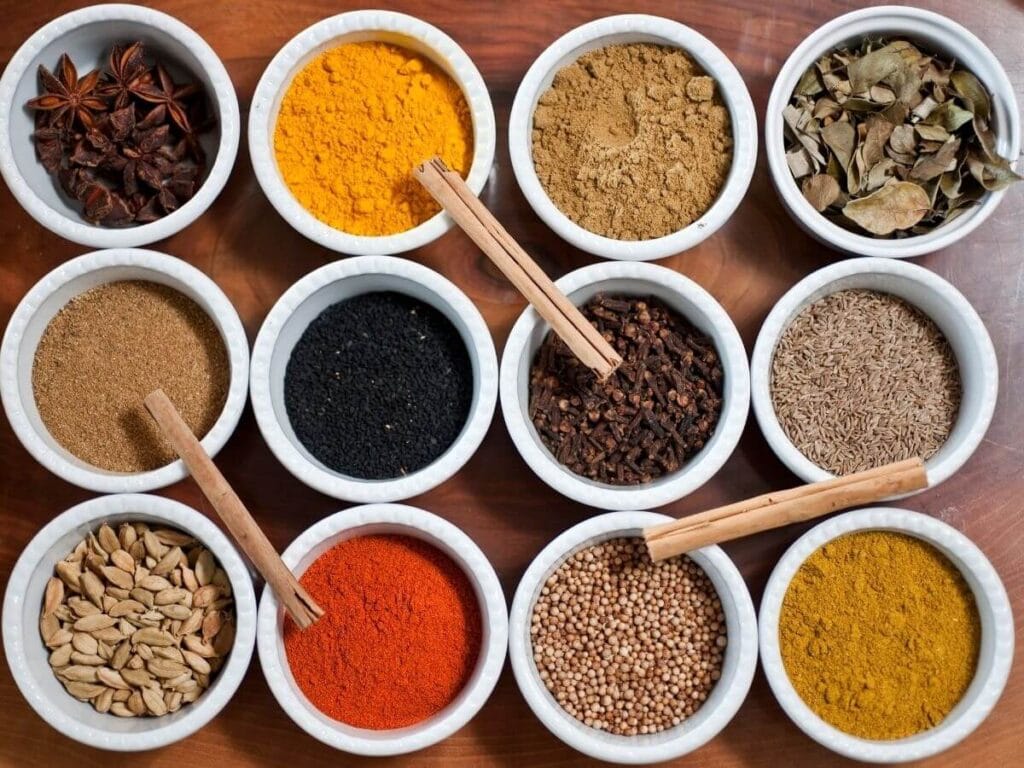
A spice kitchen, often referred to as a secondary kitchen, is a unique feature in many modern homes designed to keep strong flavors and aromas contained. Imagine having a dedicated space where you can indulge in cooking with pungent spices and engaging in heavy frying, all without the worry of odors permeating your entire home. This separate cooking area usually includes ventilation systems, additional stovetops, and preparation surfaces, making it perfect for preparing aromatic dishes.
In your main kitchen, you might prioritize style and socializing, where the aesthetics are as important as its function. Meanwhile, the spice kitchen serves as the behind-the-scenes workhorse. It’s typically equipped with amenities similar to your primary kitchen but designed with functionality in mind, allowing for a more utilitarian approach to meal preparation. The spice kitchen is especially popular in households that celebrate culinary traditions from around the world, where the use of strong spices and heavy cooking methods are central to the cuisine.
Essential Features of a Spice Kitchen
When designing a spice kitchen, it’s crucial to focus on ventilation to handle strong odors, the right appliances that suit heavy usage, and a layout that supports your culinary activities.
Understanding Ventilation
Your spice kitchen should have a robust ventilation system to manage the aromatic spices that will fill the air. A high-volume exhaust hood or a separate ventilation system is essential to preventing strong odors from spreading to other parts of your home. Make sure there is a ventilation system with hood fans over your cooking area to effectively remove smoke and smells.
The Importance of Appliances
Your spice kitchen will need a series of appliances that can withstand the demands of spice-rich cooking. These include:
- Stovetop: Preferably with multiple burners to cater to different dishes.
- Oven: For baking and roasting needs.
- Fridge: Essential for storing perishables and keeping your spices fresh.
- Microwave: Handy for quick heating or defrosting.
- A durable sink is vital for preparation and cleanup.
Having these in close reach allows you to work more efficiently.
Design Elements and Layout
The layout of a spice kitchen focuses on convenience and easy access to essentials:
- Counter space: Ample granite countertops are durable and heat-resistant, perfect for food prep.
- Lower cabinets and pantry space: Keep your spices, utensils, and cookware conveniently stored.
- Separate Space: A separate space from the main kitchen helps contain the mess and odors associated with heavy cooking.
Your kitchen design should also consider the flow of movement between these areas for a harmonious cooking experience.
The Role of Storage in Spice Kitchens

Effective storage is quintessential to maintaining the practicality and functionality of your spice kitchen. With the right storage solutions, you can keep your spices fresh and within easy reach.
Cabinetry and Spice Organization
Your cabinetry plays a central role in organizing spices. When choosing cabinets, consider options with built-in spice racks or tiered shelves that enhance visibility and accessibility. For a spice cabinet, align shelves at a height that’s comfortable for you to access regularly used items. Storing spices in airtight containers within cabinets keeps them fresh and enhances their lifespan.
- Spice Racks: Installing spice racks on cabinet doors or walls saves space and keeps spices visible.
- Drawer Inserts: Utilize drawer inserts to lay out spices flat, making labels easy to read without moving containers.
Spice organization goes beyond placing jars and tins on a shelf. Group spices by cuisine, use, or alphabetically—whatever makes them easiest for you to find.
Optimizing Pantry Use
If your spice kitchen includes additional pantry space, maximize its use through strategic organization and labeling.
- Shelving: Adjust shelf heights to accommodate different sized jars and bulk containers.
- Labeling: Clearly label spice containers on the top or side, so you can quickly identify what you need.
- Turntables: Use turntables (or Lazy Susans) to rotate hard-to-reach spices into view.
In both cabinetry and pantry, maintain a cool, dry environment to preserve spice quality, ensuring that any appliances nearby do not emit heat or moisture that could compromise the potency of your spices. Also, consider the convenience of pull-out cabinet storage or extra shelves in the pantry to maximize your storage space. When organizing spices in a kitchen cabinet or spice cabinet, remember that the easier it is to find what you need, the more you’ll enjoy creating flavorful dishes in your kitchen.
Culinary Advantages
In a spice kitchen, your senses are treated to a world where aroma and flavor are paramount. Here, the array of spices enhances your cooking, making every dish an adventure.
Savoring the Aroma and Flavor
A spice kitchen brings out the best in aromatic experiences. As you grind spices like black cardamom or rosemary, the released flavor compounds transform your kitchen into a sensory haven. Freshness is pivotal; with spices at your fingertips, you’ll notice a marked quality improvement in your meals.
- Aroma: A newly ground spice has a strong smell that can elevate a dish from good to unforgettable.
- Flavor: Spice blends, when prepared freshly, provide intense, intricate flavors that pre-packaged options can’t match.
Supporting Diverse Cuisine
Your spice kitchen is your passport to global flavors. Whether you’re experimenting with ethnic dishes or honing your favorites, having a variety of spices allows for authentic and broad culinary explorations.
- Ethnic Dish Preparation: To master dishes from different cultures, having spices like sumac, saffron, or specific spice combinations is essential.
- Spice Blends: Combining spices gives you the ability to recreate ethnic dishes with authenticity and convenience, adding a personal touch to every meal.
From creating your own spice blends to enjoying the full sensory experience of cooking, a spice kitchen offers a suite of culinary advantages that will enrich your cooking repertoire.
Benefits and Considerations

Your home’s value and functionality can significantly benefit from a spice kitchen, but there are key factors to consider in the design process to truly reap these rewards.
Enhancing Home Value and Convenience
A spice kitchen, often considered a wok kitchen or a secondary kitchen, can be a valuable addition to your home. It boosts resale value by appealing to potential buyers who desire extra culinary space. Picture yourself preparing pungent foods like kimchi or spices without transferring odors to your main living area; a spice kitchen with separate ventilation makes this possible. The benefits include:
- Convenience: It’s like having two kitchens in one—simplify your cooking process, especially when entertaining or managing large meals.
- Culinary Exploration: Embrace the freedom to experiment with diverse cuisines without overpowering your main kitchen.
On the other hand, a spice kitchen isn’t just about cooking; it’s a smart way to separate the mess from your open concept kitchen, ensuring a clean space for guests or family to gather. Plus, having essential tools and a dishwasher just for spice preparation can streamline cleaning.
Navigating Design Challenges
Designing a spice kitchen in your home, whether in an Indian home known for rich and vibrant cooking or any home with a culinary focus, involves practical considerations. Key challenges include:
- Layout: Crafting the layout of a spice kitchen is critical. Ensure enough space for cooking essentials and storage to store spices without cluttering.
- Investment: Deciding to add-on a spice kitchen is an investment. It requires careful budgeting to ensure costs do not escalate unexpectedly.
Incorporating a spice kitchen is more than adding a second kitchen; it’s a thoughtful extension of your living space that necessitates considering additional cooking space while maintaining harmony with your home’s overall design. Be mindful of these aspects to make your spice kitchen not just functional but a feature that resonates with your lifestyle.
Frequently Asked Questions
In this section, you will find common questions and clear, concise answers about spice kitchens to help you consider whether this feature is right for your home.
Why might someone opt for a spice kitchen in their home?
A spice kitchen, with its separate cooking area, provides a space to manage strong odors and heavy cooking without affecting the rest of your home. It’s ideal if you frequently cook with aromatic spices or do a lot of frying.
Can you share some design ideas for a small spice kitchen?
For a small spice kitchen, consider utilizing vertical space with wall-mounted racks for spices and stackable storage. Choose appliances that are scaled to fit smaller footprints, like a compact range and a combination microwave and exhaust hood.
What are some common features to include in a house plan with a spice kitchen?
When planning a house with a spice kitchen, include a high-quality ventilation system, easy-to-clean surfaces, a secondary sink, and ample storage for a variety of spices and cookware.
How does a spice kitchen differ from a butler’s pantry?
A spice kitchen is a dedicated cooking space often equipped with a stove and ventilation system, used primarily for preparing foods with strong aromas, whereas a butler’s pantry typically serves as a storage and staging area for serving food but doesn’t have major cooking appliances.
What unique elements would you find in an Indian spice kitchen?
An Indian spice kitchen might feature a tandoor oven, a variety of spice containers like masala dabbas for easy access to a wide range of spices, and larger, flat cooking surfaces for making traditional Indian breads.
How can I find inspiration for setting up my spice kitchen, any book or menu suggestions?
For inspiration setting up your spice kitchen, consider books like “The Indian Cooking Course” by Monisha Bharadwaj, which can give you insight into ingredients and equipment, or check out menus from Indian restaurants to see how different spices are used in various dishes.
